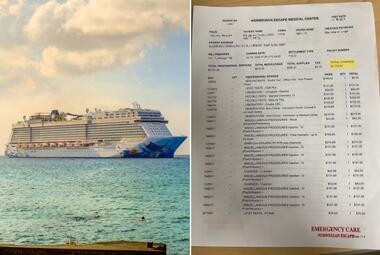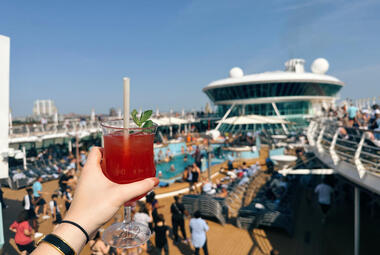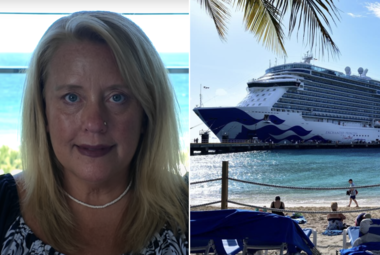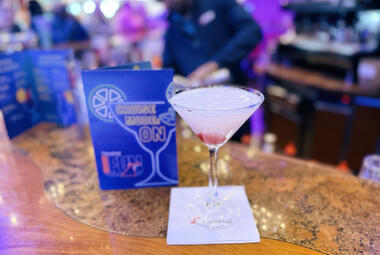Have you ever wondered how a cruise ship operates, and specifically, how the Captain drives the ship?
Modern cruise ships are amazing pieces of engineering that cost a billion dollars each, and are as complex as any form of transportation you can find on the ground or in the sky.
As you might imagine, driving something the size of a skyscraper through narrow waterways and then precisely docking it between various obstacles is no easy task.
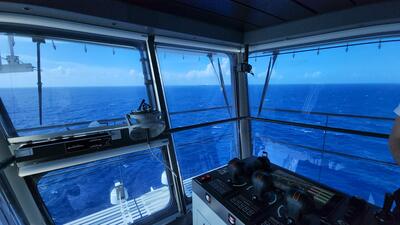
Here are the basics on how a cruise ship is driven through the ocean.
Who drives the ship?
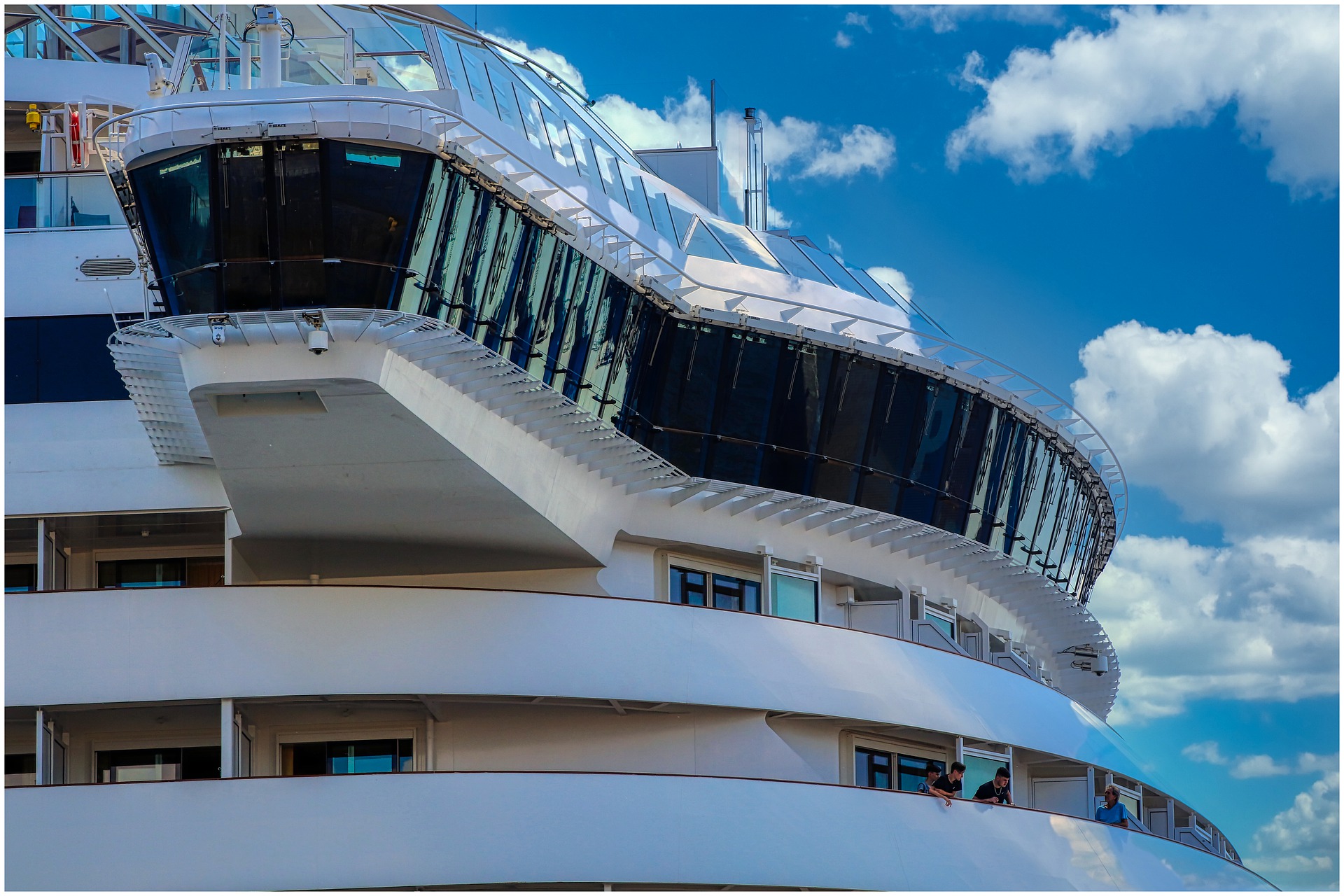
Many people have this image that cruise ships have a wooden wheel with the Captain always holding the wheel as the vessel moves through the ocean. The reality is cruise ships are far more automated than that, but there is always a set of crew members that monitor and direct the ship as needed.
The officer of the watch is the officer who is in charge of steering the vessel, which could be the Captain or another bridge officer.
Celebrity Cruises Captain Kate McCue explained the staffing of the bridge, "We have a minimum of three very qualified and licensed officers manning the bridge at all times."
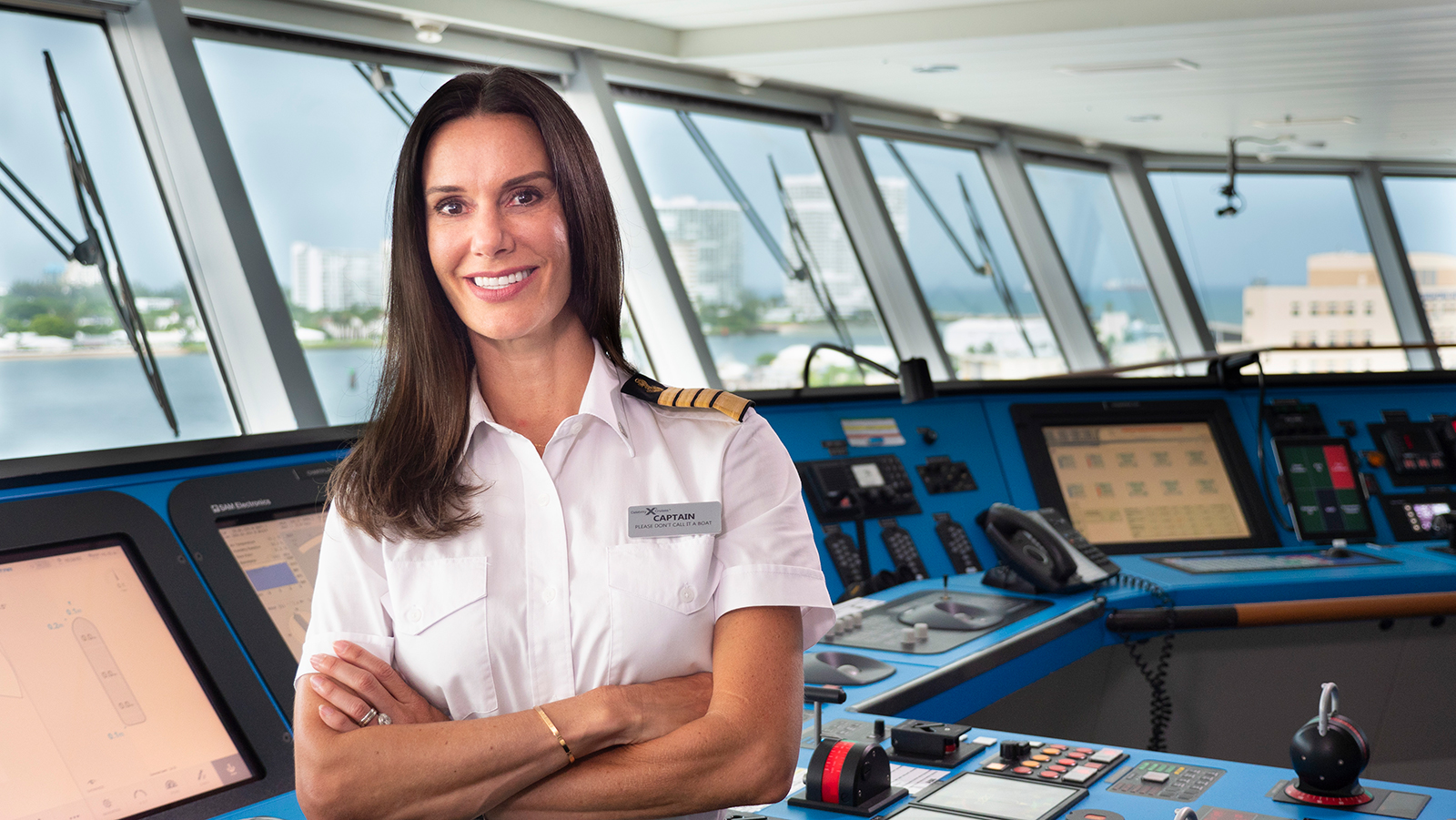
"Three different teams rotate every four hours on and eight hours off."
"The teams are made up of an officer of the watch, assistant officer of the watch and a quartermaster look out."
How do they drive a cruise ship?
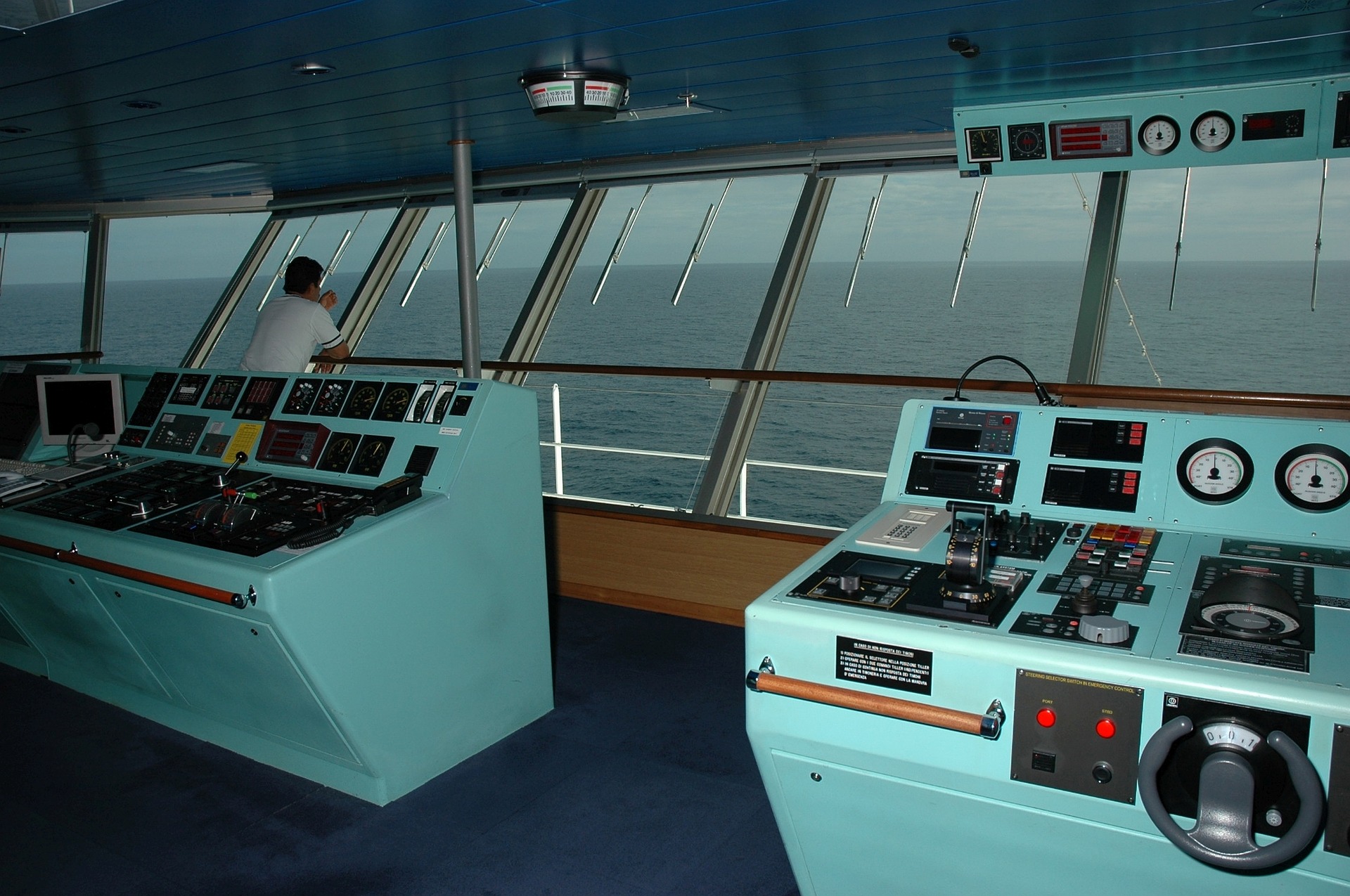
There are several different methods of steering, navigating, maneuvering or driving a cruise ship.
This may come as a surprise, but the ship's wheel or helm is actually smaller than the steering wheel in your car.
Captain McCue explained the wheel is actually not the old-timey wheel most people imagine, "It doesn't have to be the gigantic wooden wheel with spokes back in the day because today everything is electronically linked. It's still made out of wood, though at least on the Edge."
The ship's wheel is used the harbor pilot comes aboard until the vessel gets close to the pier, and then again after the ship departs the pier until the harbor pilot gets dropped off.
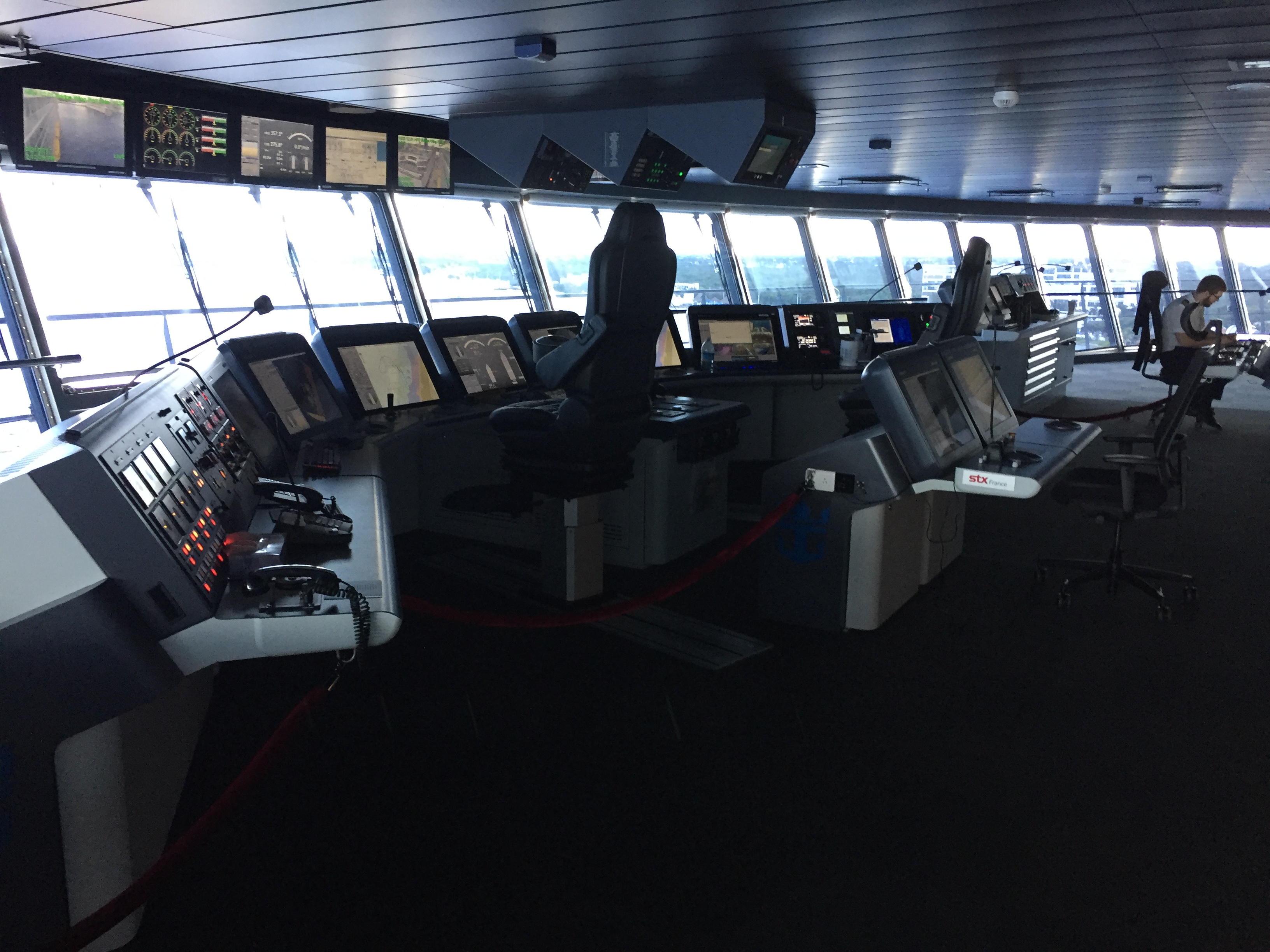
Ships can also have a mini-wheel, which a smaller version of the wheel and works in the same way as the regular wheel.
Turn the wheel to port and the ship will go to the left, turn the wheel to starboard and the ship will go to the right.
The third method of driving a cruise ship is Electronic Chart Display and Information System (ECDIS). ECDIS is is basically a digitized chart computer system and it is the modern replacement for paper charts.

On Celebrity Cruises, paper charts are no longer used for navigation.
When ECDIS is active, the bridge crew can plan a specific route, and then double check it to make sure that it doesn't pass over any land. Once engaged, the computer will keep the ship on the red dotted line or track plus or minus five meters at all times.
Captain McCue says that while ECDIS is great at what it does, there is a good reason for not using it all the time, "Because it's so precise and the ship is constantly adjusting to stay on the track, it means that it's not the most fuel efficient option. For that reason, we tend to use the autopilot more often."
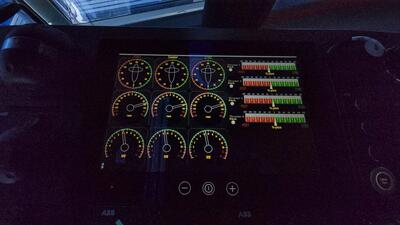
As a result, Captain McCue says they rely more on the ship's autopilot, "The officer of the watch puts in the heading, they want to steer and the ship will maintain that heading. But the wind and the currents could affect the actual course by pushing the ship further away from the track."
"So the officer of the watch must monitor it to ensure that we're still on the intended track that we want to be."
How do they dock a cruise ship?

Perhaps the most difficult aspect of steering a cruise ship is when it is time to dock the ship at a pier.
When a ship arrives in any port, the harbor pilot comes aboard via a ladder they climb as their smaller boat brings them alongside the cruise ship.
Once the pilot is onboard, the ship's crew gives the pilot a briefing on the status of the ship, and the pilot in turn provides the crew with information about the port, including weather, tides, currents, mooring arrangements, expected traffic, and any updates to navigation aids.
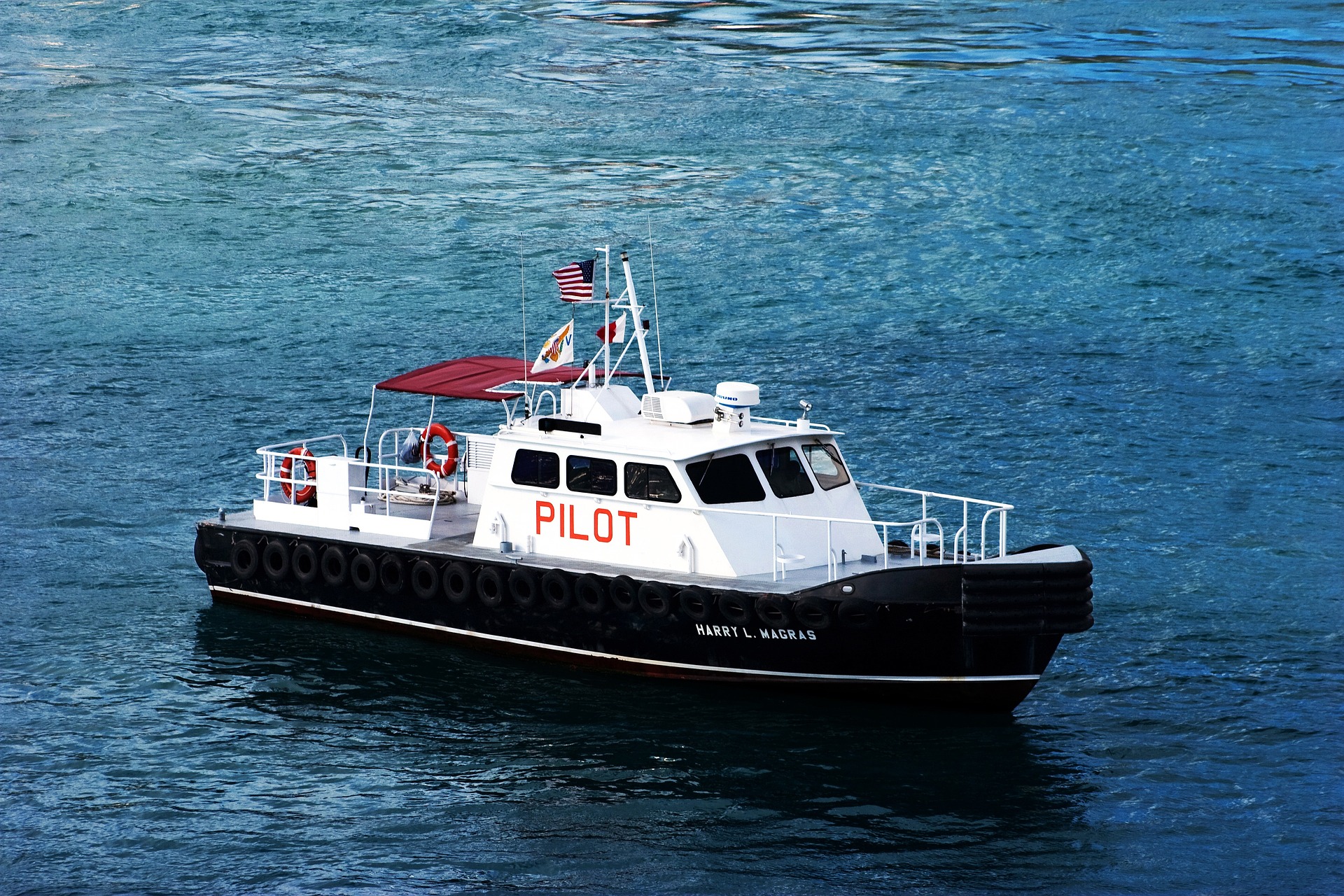
When it comes to the actual maneuvers of the ships docking and undocking, Captain McCue says the bridge team will divvy up the tasks between bridge officers, "because it's kind of the most fun part of the job, besides blowing the horn, obviously."
Captain McCue will take 40-50% of the maneuvers, and the remaining 50-60% is assigned to everyone from the second in command, which is the staff captain to the third officer, so that they have the experience of docking and undocking the ship.
"That way, by the time the most junior officer will reach the position as master, they have hundreds of maneuvers under their belts."
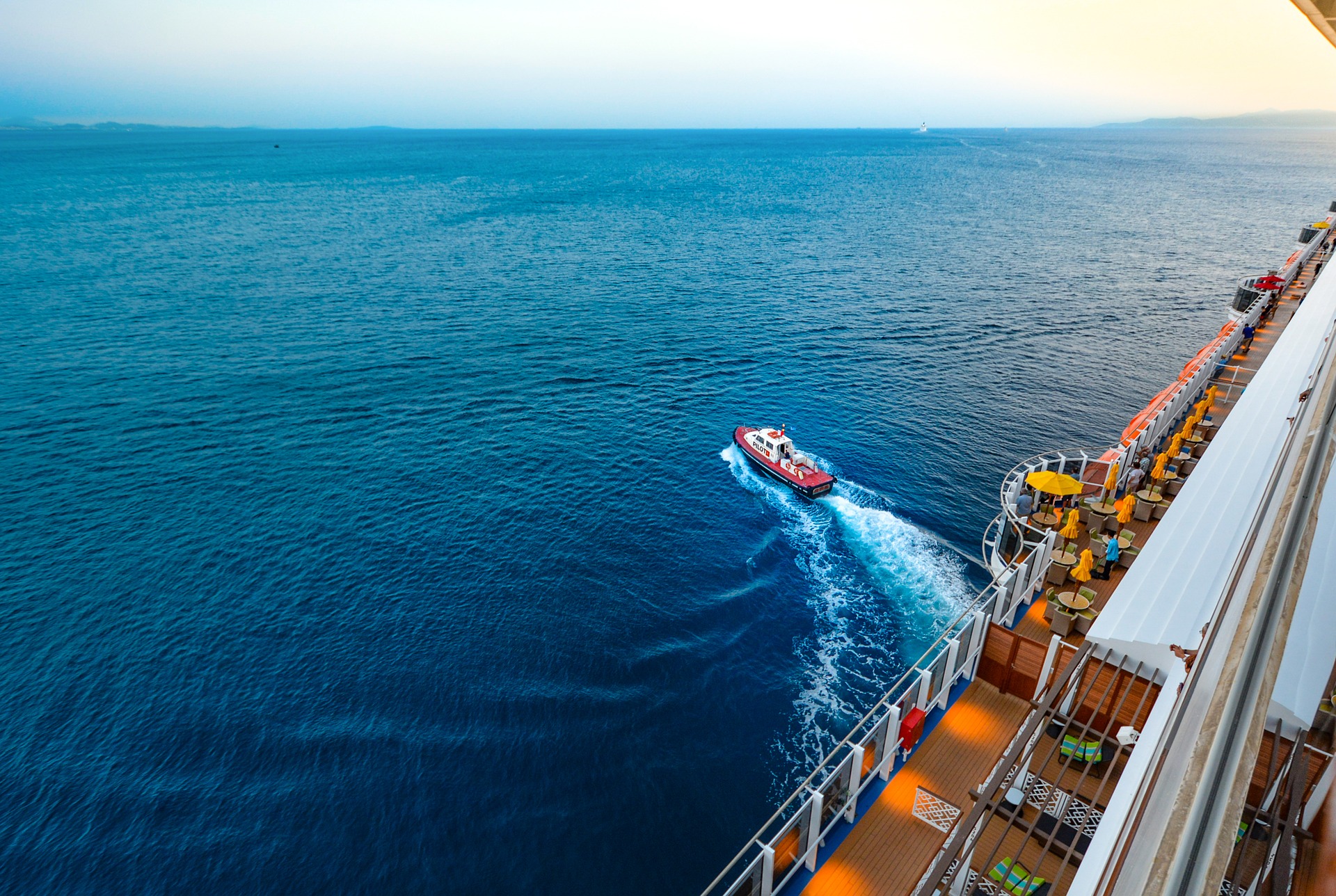
When the cruise ship approaches the pier, the bridge officer who will perform the docking will take the con, or the conduct, from the pilot.
Then the ship switches into maneuvering mode, which gives the crew individualized control of the ship's propulsion.
Depending on the cruise ship, there could be azipod propellers used or stern thrusters. Azipods are propellers that can be rotated a full 360 degrees to provide easier maneuverability.
As an example, the Celebrity Edge has a total of nearly 72,000 horsepower and each of the four bow thrusters is around 4800 horsepower.
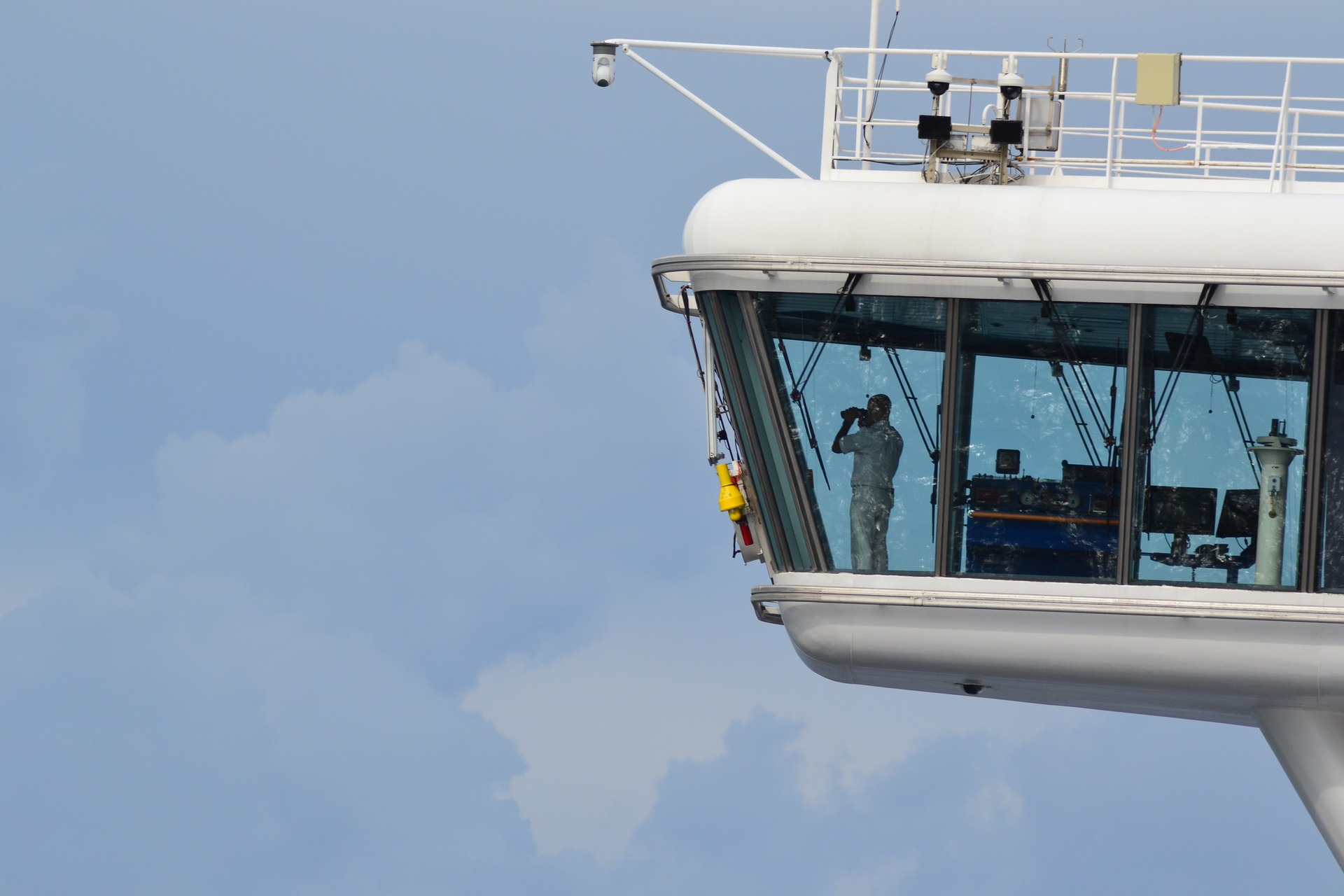
The maneuvering controls are in the center cockpit, but as the ship gets close to the pier, controls can be transferred to either the the port or starboard bridge.
These bridge wing controls have identical equipment while allowing the bridge crew to keep an eye on what is happening as the ship either comes alongside or departs the pier.
Once the cruise ship is alongside the pier, the pilot will disembark and return just before the ship departs.
How do cruise ship anchors work?
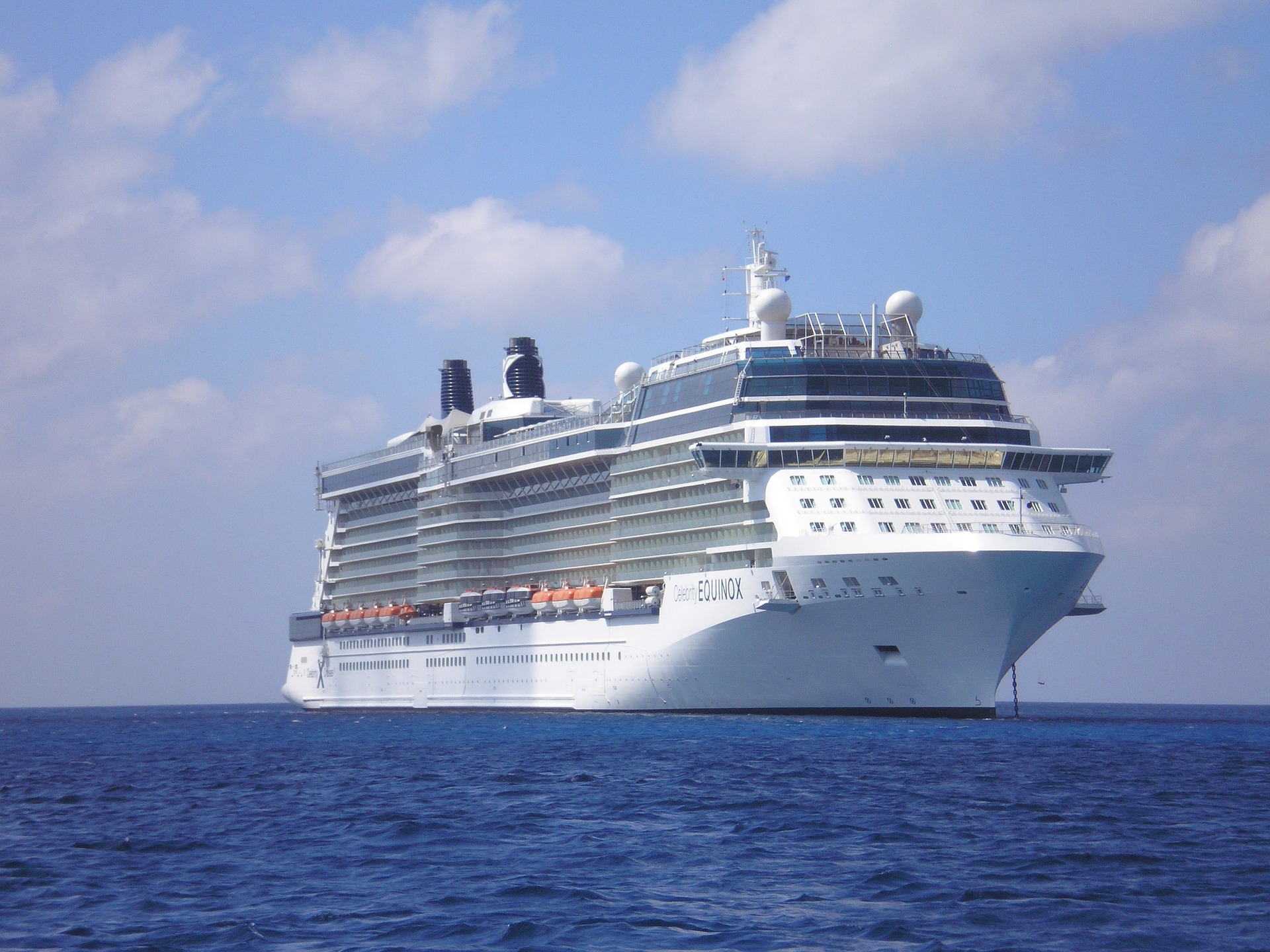
Sometimes there is no pier to dock at, so instead cruise ships need to anchor off the coast.
Cruise ships can drop their anchor or use a Dynamic Positioning (DP) system.
The DP uses GPS and a computer that synchronizes the propellers and thrusters to keep us exactly where the crew wants to stay without having to put an anchor on the ocean bed.
"The system will fight against the elements to keep us in that exact location until we're ready to leave," Captain McCue said about the DP.




